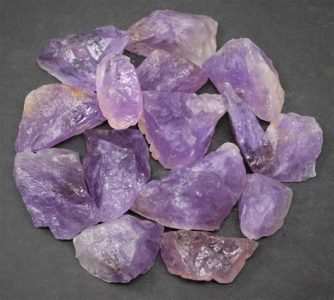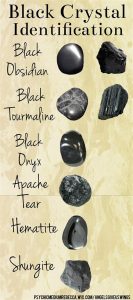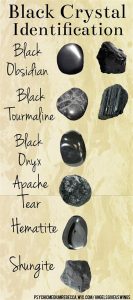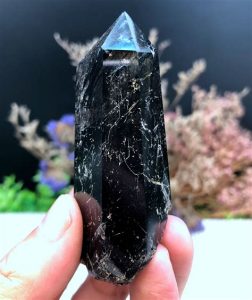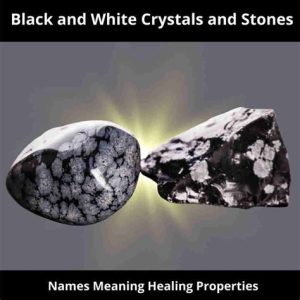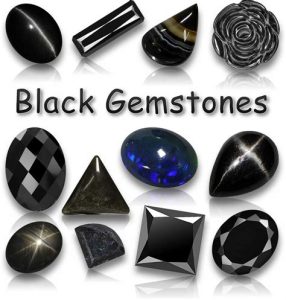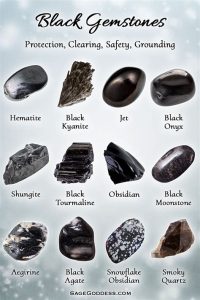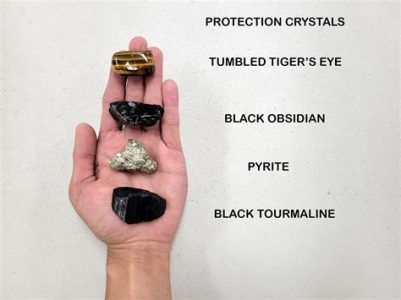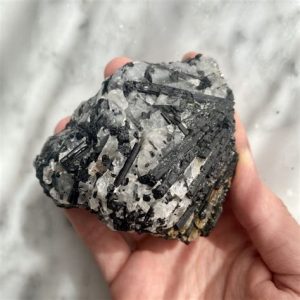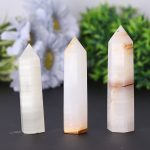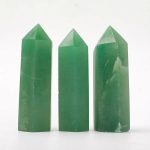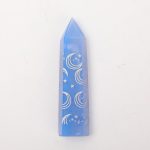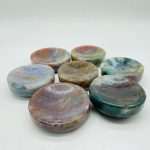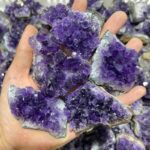Green Stone Identification: A Comprehensive Guide

Identifying green stones can be challenging due to their diverse compositions. This guide provides comprehensive insights and key considerations for accurate identification in 2025.
Types of Green Stones
- Emeralds: Precious gemstones known for their intense green hue, caused by traces of chromium.
- Jade: A tough, ornamental stone composed of jadeite or nephrite, with varying shades of green.
- Tsavorite: A rare, brilliant green variety of grossular garnet, found in East Africa.
- Peridot: A magnesium-rich mineral with a unique olive-green color, often used in jewelry.
- Malachite: A copper carbonate mineral with vibrant green patterns, commonly found in decorative objects.
Identifying Characteristics
- Color: Greens can range from light to dark, with variations in hue and intensity.
- Transparency: Some green stones are transparent, allowing light to pass through, while others are opaque.
- Luster: The way light reflects off the stone’s surface, can be vitreous, greasy, or metallic.
- Hardness: Measured on the Mohs scale of 1-10, hardness indicates the stone’s resistance to scratching.
- Fracture: The way the stone breaks, either conchoidal (glassy), uneven, or splintery.
Comparison of Green Stones
| Stone | Color | Transparency | Luster | Hardness | Fracture |
|---|---|---|---|---|---|
| Emerald | Intense green | Transparent | Vitreous | 7.5-8 | Conchoidal |
| Jade | Green to bluish-green | Opaque | Greasy | 6-6.5 | Uneven |
| Tsavorite | Brilliant green | Transparent | Vitreous | 7.5 | Conchoidal |
| Peridot | Olive-green | Transparent | Vitreous | 6.5-7 | Conchoidal |
| Malachite | Green with patterns | Opaque | Greasy | 3.5-4 | Conchoidal |
Key Considerations
- Origin: Geographical location can influence the stone’s color and characteristics.
- Treatment: Some stones may undergo treatments like dyeing or heating to enhance their appearance.
- Clarity: The presence of inclusions or blemishes can affect the stone’s value and aesthetic appeal.
- Cut: The shape and style of the cut can impact the stone’s brilliance and desirability.
- Carat: The weight of the stone, measured in carats, is a major pricing factor.
Why Green Stone Identification Matters
Accurate identification is crucial for:
- Valuing gemstones: Determining the authenticity and value of green stones is essential in the jewelry industry.
- Preserving historical artifacts: Identifying the type of green stone used in historical artifacts helps preserve their cultural significance.
- Detecting counterfeits: Distinguishing genuine green stones from imitation materials ensures customer protection.
Benefits of Green Stone Identification
- Informed purchasing: Educated consumers can make informed decisions about the value and authenticity of green stones.
- Preserving mineral resources: Accurate identification promotes responsible mining and conservation practices.
- Advancing gemology: Research on green stone identification contributes to the scientific understanding of these gemstones.
- Protecting the environment: Identifying treated or dyed stones helps combat environmental degradation associated with improper mining practices.
Current Status and Future Prospects
Advancements in technology, such as spectroscopy and laser-induced breakdown spectroscopy (LIBS), are enhancing green stone identification capabilities. Ongoing research focuses on developing non-destructive techniques and exploring new applications for green stones in various industries.
Conclusion
Green stone identification is a complex yet essential process that requires expertise and careful consideration of various factors. By understanding the key characteristics and considerations outlined in this guide, individuals and professionals can confidently identify and appreciate the beauty and value of green gemstones.

